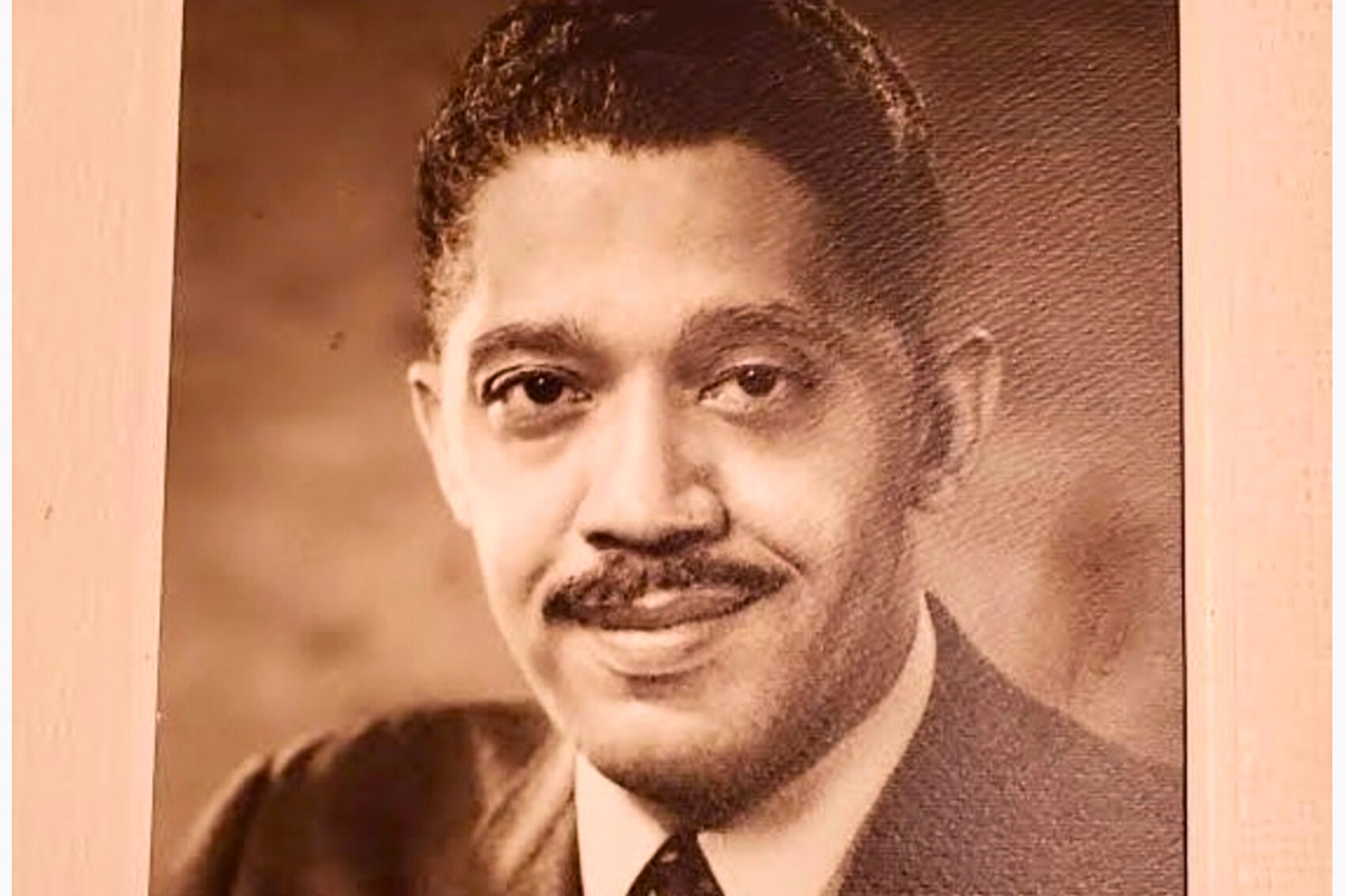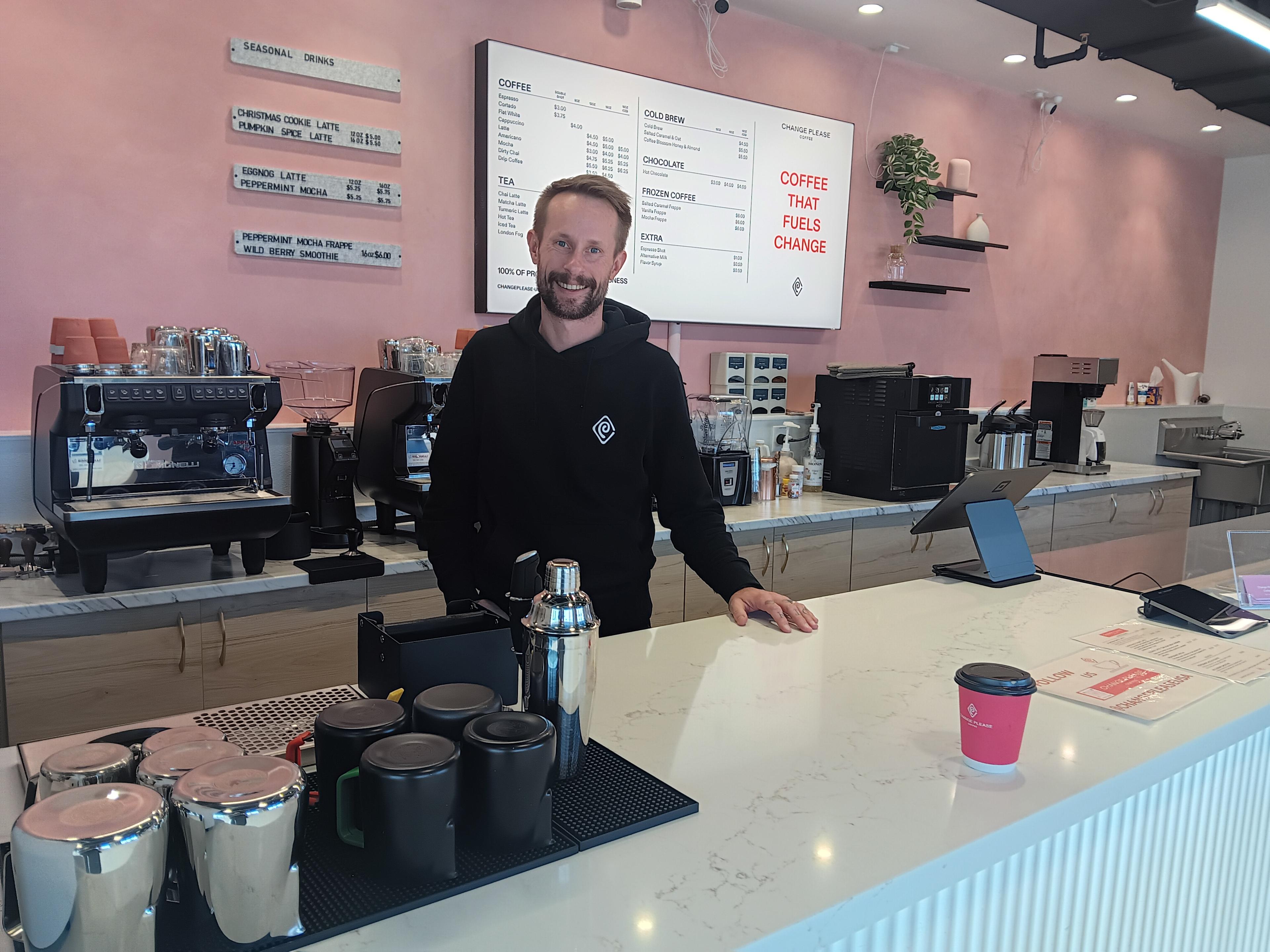There are slightly more than 2 million people incarcerated in the United States — that's nearly equal to the entire population of Houston. Among those prisoners, thousands serve time in solitary confinement, isolated in small often windowless cells for 22 to 24 hours a day. Some remain isolated for weeks, months or even years.
"You're shut off from the world and you wait," says Olay Silva, a 41-year-old inmate serving time in Bismarck, N.D.'s maximum-security prison. Silva spent six months in solitary after he was involved in a stabbing. "You just sit there and wait."
The old prison philosophy
Solitary confinement goes by many names: the hole, isolation, protective custody, the SHU (special housing unit). Whatever the name, it's designed purpose is to punish disruptive inmates who break rules and to keep the prison safe by removing them from the general population.
In recent years, there's been a growing consensus that the practice is cruel and ineffective. North Dakota is one state changing its ways.
During a tour of the state penitentiary in Bismarck, Chief of Security Joe Charvat walks over to the West Wing and gestures toward the solid doors that close off the entrance of each cell.
"This area used to house our administrative segregation unit which has since been moved to another area," he explains.
"Administrative segregation" used to be the prison system's name for solitary confinement. In those days, there was little contact between corrections officers and those behind the doors. Warden Colby Braun says for years, North Dakota's isolation unit operated just like many others.
"It was 23 hours a day lock down. So you had one hour of recreation a day including showers. That was for five days a week," he says. "So on the weekends you were generally locked down for 24 hours... you were in your cell, you do not come out for any reason."
The European influence
Now things are different. There's much more recreation time for inmates in solitary. Prisoners spend several hours learning new skills. And they also focus on changing their behavior.
Leann Bertsch is behind all the changes. She's North Dakota's Director of Corrections and Rehabilitation, and president of the Association of State Correctional Administrators, which tracks how prison systems are reducing the use of isolation.
Her inspiration came after a trip to Norway organized by U.S. prison reform groups. Bertsch called it a defining moment and decided to speed up reforms already in the works for the state's prison system.
"There's such an overemphasis on punishment and punitiveness," Bertsch says. "You know Norway talks about punishment that works and when they mean it to work, it's to actually make society safer by getting people to be law-abiding individuals and desist from future reoffending."
North Dakota prison officials met to figure out how to do that in the United States. Bertsch says they worked to define what could land people in segregated housing in the first place.
"There were a lot of different behaviors that could get you in before so we really narrowed it down," she says.
They dropped minor infractions like talking back to a corrections officer, and created a top 10 list of dangerous behaviors, such as serious assault, using a weapon and murder. The new name for the prison's segregated housing became Behavior Intervention Unit (BIU). Clinical Director Lisa Peterson says the goal is to help people succeed after they leave, as it was clear the old way wasn't working.
"The idea that somebody is just going to sit there and think about what they did and magically know how to handle a situation differently in the future is not accurate. So we have to be pro-active in helping people know how to change," Peterson says.
The state penitentiary in Bismarck can house about 800 inmates. They are mostly white. Native Americans make up the largest minority population. In late 2015 when North Dakota started changing its solitary confinement practice, there were 80 to 90 people in isolation. In late June of this year, there were only about 20.
The people in the unit go through a mental health screening to determine in part if they have any suicidal thoughts. They participate in group therapeutic sessions, and learn skills, such as how to cope with anger. As correctional officers make their rounds, they talk with inmates about how they're doing. Instead of just writing up an inmate for any negative behavior, officers also write "positive behavior reports" for any positive activity they notice. Skill building and rapport building are big at the prison now.
Solitary's impact
In the BIU, Cell 102 is empty. The door has a long vertical window plus a slot for food. Warden Braun walks in and sits on the slim mattress on top of the metal bed. In the room, there's also a metal toilet and sink, a small metal desk and seat.
What's surprisingly different is that there also are several electrical outlets in the room. Some prisoners who own a TV or a tablet can have it in the cell. Another narrow, vertical window lets in light from outside.
"So when you get closer to the end of the wing, the person can actually see cars going by," Braun says.
Medical groups have issued strong warnings about how prolonged isolation causes human damage — depression, anxiety, a loss of contact with reality and suicide, especially among the mentally ill. The United Nations and other groups call it torture and say in most cases, solitary confinement should be banned. In North Dakota, the average stay for inmates, with some exceptions, is 30 to 45 days.
Inmates respond to the North Dakota switch
Michael Taylor says the first time he landed in the old segregation unit it was for using the law library without permission.
Taylor says he was angry and acted out whenever he was placed in solitary.
"I would go back there and trash the tiers," the 21-year-old says. "I'd argue with staff, I just didn't care."
Taylor says working with the therapists in the new solitary unit has made a difference. So much so that Taylor says he'd like to become a counselor after he gets out.
Olay Silva agrees the switch has helped change an often tense situation between inmates, whom Silva says would curse the prison staff, and corrections officers who would often ignore the people in solitary or didn't get them things they needed.
"That's not really the case a lot now," Silva says. Now officers "reward you for being involved. They don't let you just sit back there and just basically dwell."
What prison staff think
Corrections Director Bertsch says getting buy-in from the staff wasn't easy. The staff had to overcome the damaging perception that violence would increase and that the changes would put them at risk.
"We still have some resistance," Bertsch says, "but when we started doing this, there was a lot of resistance and some people just needed to leave."
Even Warden Braun had misgivings.
"I was scared to death," he says. "I was scared for staff. I was scared for the facility. I was scared when we talked about specific guys leaving, and I was wrong."
One of the staffers who stayed on the job is Case Manager David Roggenbuck, who oversees officers and activities in the BIU. He worked previously as an officer in the old solitary unit and was skeptical about the change at first.
"Kind of the mindset is if you don't like being in prison, don't come. Don't commit a crime, don't come. You're here — well, tough cookies," he says. "I've really looked at that and what does that accomplish? If I have that type of mentality, all that's going to do is keep a person the same as when they came in, if not make them worse."
Roggenbuck admits it took him awhile to change his attitude. Now, he says, everyone deserves a second chance.
For Sgt. Frantz Jean-Pierre, the switch to a unit that focuses on behavior has meant that he and other correction officers get to know the people in the unit on a more personal level — not just as some inmate locked up in a cell. Jean-Pierre says he believes the changes have made a difference.
"In 2016 we probably had an incident down here on our shift at least maybe three or four times a week. By incident," Jean-Pierre explains," I mean someone trying to commit suicide, or someone trying to flood their cell, or being completely disorderly. We haven't hardly had any of that this year. I think we've had one or two on our shift."
North Dakota advantages
North Dakota corrections officials admit that changing the prison's solitary confinement policy may be less difficult in a state with a mostly homogenous prison population and few prison gangs.
Even with the reform efforts though, North Dakota officials say there are some prisoners too dangerous to eliminate segregated housing completely.
Corrections Director Bertsch says even so, prison has to be about providing an opportunity for change so North Dakota's effort to use solitary confinement as little as possible and in a different way makes sense.
9(MDEyMDcxNjYwMDEzNzc2MTQzNDNiY2I3ZA004))








